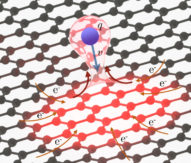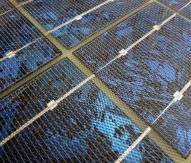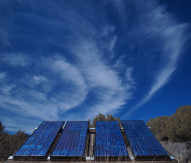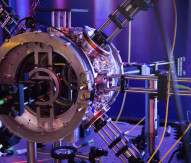
Study: Lasers enable superconduction at high temperature
Shining lasers at superconductors enables them to work at higher temperatures, new research led by the Max Planck Institute for the Structure and Dynamics of Matter, Germany, has shown.
Superconductors, materials that conduct electricity without losing power and produce strong magnetic fields, at present only work at very low temperatures and require liquid nitrogen or helium to maintain that temperature. But an international team of scientists has discovered a way to make certain materials superconduct at higher temperatures, as well.
Researchers shone a laser at a material composed of potassium and carbon atoms arranged in ‘buckyball’ (football-like) structures and found it was still superconducting at more than 100 degrees Kelvin (around −170°C).
“If we can design materials that superconduct at higher temperatures, or even room temperature, it would eliminate the need for cooling, which would make [superconductors] less expensive and more practical to use in a variety of applications,” explained Dr Stephen Clark, theoretical physicist at the UK’s University of Bath, which assisted in the research.
He added that his next step will be to “find other superconductors that can be coerced to work at even higher temperatures, possibly even at room temperature”.
The Hamburg Centre for Ultrafast Imaging, Germany; INSTM UdR Trieste-ST and Elettra – Sincrotrone Trieste, Università di Roma ‘Sapienza’ and Università degli Studi di Parma, Italy; Oxford University, UK; and the National University of Singapore also collaborated in the research, which was funded by the European Research Council under the European Union’s Seventh Framework Programme.
The study has been published in the journal Nature.




